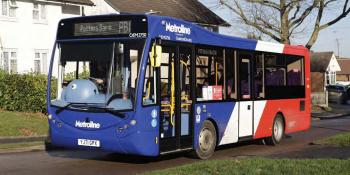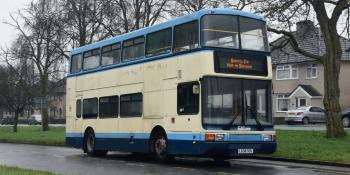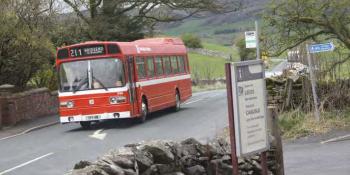Belfast’s £90million bus rapid transit service started operating on 3 September. ALAN MILLAR explains its role in trying to build connections between communities in this divided city and finds out what Translink is doing to try to overcome teething troubles encountered in its first few weeks
Launched on 3 September, Belfast’s new Glider bus rapid transit, like Bristol’s new Metrobus network, is urban BRT on a bigger scale than anywhere else in the UK.
It is a rapid transit solution for a city of 295,000 — metropolitan area population of 585,000 — that expects to attract another 70,000 residents by 2035, over 50,000 new jobs and accommodate a further 1.5million overnight tourist stays. A congested city where car use is high, especially among commuters from surrounding towns.
Glider was conceived as a fast, high capacity public transport alternative to attract commuters and shoppers out of their cars. Its origins can be traced to 2008, when the city identified three routes into the city centre and two possible extensions for what would be a first phase of rapid transit. These were known then as Eway, linking East Belfast along the Upper Newtownards Road, Wway linking West Belfast along the Stewartstown,…




